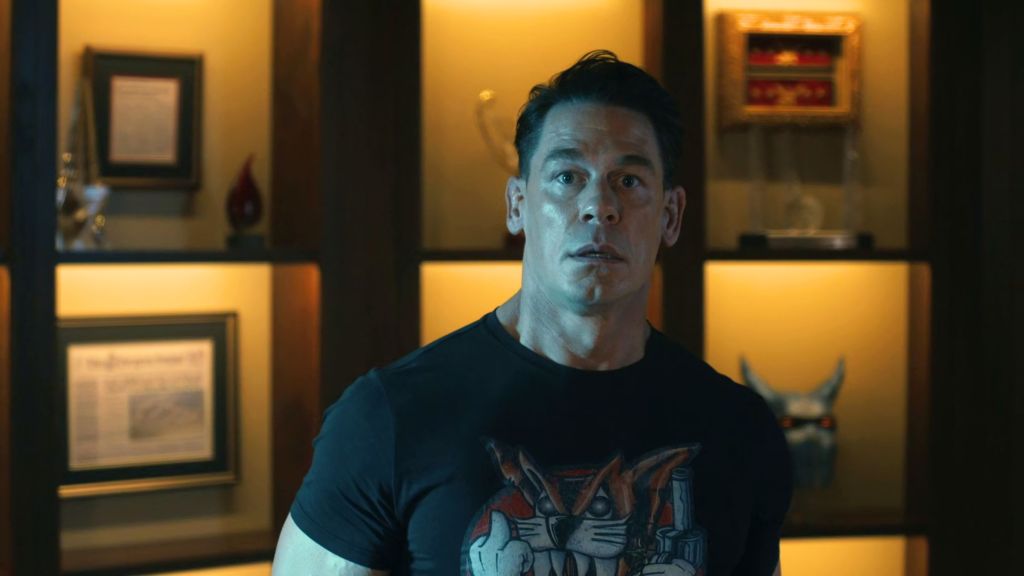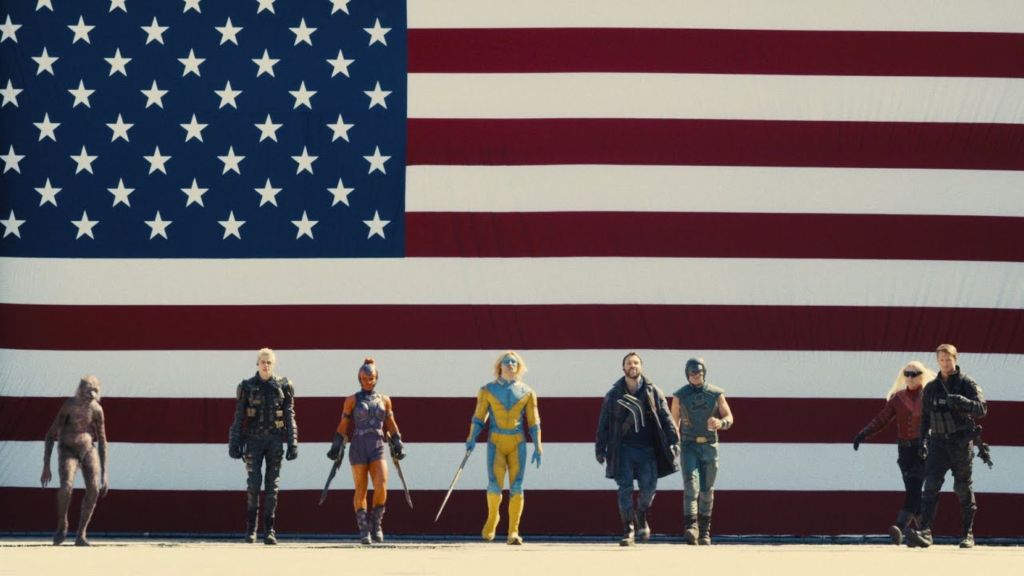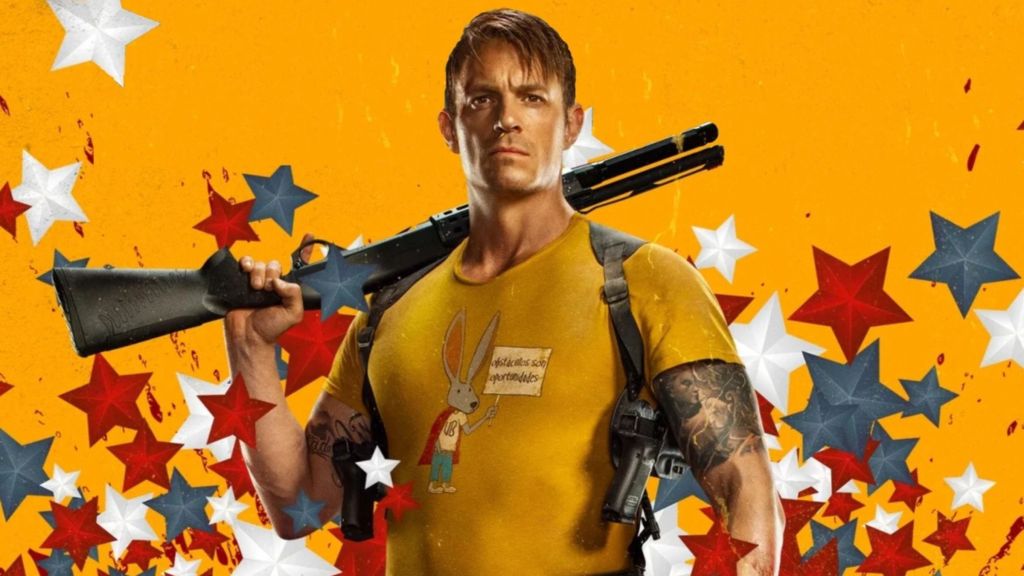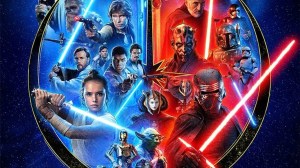The most shocking deaths in DC movies and shows are the ones that are permanent. Most comic book adaptations present character mortality as a solvable problem, where resurrections through magic or science are always a possibility. This frequent reversal of death conditions the audience to believe that foundational characters are never in true jeopardy, creating a narrative environment where genuine peril feels scarce. That very predictability is what makes an irreversible death so powerful, serving as a brutal departure from the genre’s established formula and proving that some outcomes are absolute.
Videos by ComicBook.com
A truly surprising death also completely subverts those audience expectations. It occurs when a story eliminates a character who seemed vital for the future, whether it is a legacy hero with decades of history, a villain whose schemes were just beginning, or an essential supporting figure who anchored the narrative. Sometimes, these lead to wildly beloved twists that are celebrated by fans. However, they can also divide the community, creating DC moments that fuel debate for years. For better or worse, here’s our choice for the 10 most shocking deaths in DC movies and TV shows.
10) Moira Queen (Arrow Season 2)

By the time Arrow reached the final episodes of its second season, viewers had come to understand the show’s internal logic. Supporting characters were expendable, but the core Queen family felt like a protected class. Moira Queen (Susanna Thompson), in particular, was the linchpin of the entire conspiracy plotline that had fueled the series since its first episode. Her secrets, her morally grey decisions, and her complex relationship with both Oliver (Stephen Amell) and Malcolm Merlyn (John Barrowman) made her seem indispensable. Therefore, fans assumed she was being set up for a final reckoning or a long, drawn-out redemption, not a sudden exit.
That assumption was violently dismantled in the episode “Seeing Red.” When Slade Wilson (Manu Bennett) held both Moira and Thea (Willa Holland) captive, he presented a choice designed to shatter Oliver psychologically. But the real shock was Moira’s defiance. Her decision to stand and sacrifice herself was a stunning conclusion to her arc, and Slade’s immediate execution of Moira Queen was a moment nobody saw coming. It was a shocking declaration that the show’s foundational characters were not safe, permanently raising the stakes and leaving the audience reeling from the loss of a figure who felt utterly essential.
9) Laurel Lance (Arrow Season 4)

The fourth season of Arrow opened with an ominous flash-forward to a graveside, but for months, the audience treated it as a narrative puzzle with a safe solution. The common wisdom was that a secondary, beloved but ultimately expendable, character would be the one to die. No one seriously considered Laurel Lance (Katie Cassidy) as the victim. After all, she was the Black Canary, a legacy hero who had just completed a multi-season transformation from civilian to vigilante. As such, her story was finally hitting its stride, and the consensus was that killing her off would feel like a betrayal of that entire journey.
This made the reality of her death a genuine stunner. After being brutally stabbed by Damien Darhk (Neal McDonough), Arrow deliberately lulled the audience into a false sense of security. The hospital scenes, her conscious goodbyes to the team, and her final heart-to-heart with Oliver (Stephen Amell) all felt like a classic setup for her survival and departure from the city. As a result, the irreversible turn when she went into cardiac arrest was a shocking narrative gut punch. With it, the show killed its female lead after dangling the hope of her survival, proving its dark promise was no empty threat.
8) Captain Cold (Legend of Tomorrow Season 1)

From the moment he swaggered onto The Flash, Leonard Snart (Wentworth Miller) was a breakout star. His inclusion in the Legends of Tomorrow spinoff was a foregone conclusion, and he quickly established himself as the show’s charismatic center. He was the cynical, sarcastic heart of the team, and his reluctant transformation from thief to hero was the most compelling arc of the first season. Standard television logic dictates that you build a franchise around a character like this. So, viewers rightfully assumed Snart was the untouchable anchor for the series’ future.
Legends of Tomorrow defied that logic in the most audacious way possible. In the season finale, as the team faced certain death, someone had to make a final sacrifice. In a shocking twist, Snart knocked out his partner, Mick Rory (Dominic Purcell), and took his place, dying with a smirk to save his friends and the timeline. Killing off the undisputed fan-favorite and most dynamic character in the very first season was an unthinkable move. It left the audience stunned, creating a void at the center of Legends of Tomorrow and proving that it was best not to get too attached to anyone.
7) Lex Luthor (Titans Season 4)

The arrival of Lex Luthor in the fourth season of Titans was built up as a game-changing event. After years of being an off-screen presence, the legendary villain was finally making his debut, played by the highly respected Titus Welliver. The premiere episode was even titled “Lex Luthor,” focusing entirely on his sinister intellect and his attempts to manipulate his son, Superboy (Joshua Orpin). Therefore, every single sign pointed to a season-long arc with Luthor as the new main antagonist, the ultimate strategic threat the young heroes had yet to face.
That entire expectation was obliterated before the first episode’s credits rolled. In the final scene, Luthor was suddenly killed by a magical serpent that burst from his mouth. That meant that the man everyone assumed was the season’s big bad was dead in under an hour. The move was a controversial bait-and-switch that instantly established the season’s true threat, the Church of Blood, as a force so powerful that even the great Lex Luthor was nothing more than a stepping stone
6) Jimmy Olsen (Batman v Superman: Dawn of Justice)

The inclusion of a character like Jimmy Olsen in a Superman film comes with a built-in set of expectations. After all, Jimmy is the audience’s stand-in, the good-natured and loyal friend who represents the human element in Superman’s world. So, when actor Michael Cassidy appeared on screen as Lois Lane’s (Amy Adams) photographer in Batman v Superman: Dawn of Justice, viewers had every reason to assume he would be filling this classic role, a comforting piece of mythology in what was already shaping up to be a dark cinematic universe.
Batman v Superman: Dawn of Justice used that very expectation as a tool for a brutal shock. Within minutes of his introduction, Jimmy is revealed to be a CIA operative and is summarily executed. The casual manner of his death was the real stunner, as a beloved legacy character was introduced and then immediately discarded like a nameless extra, so quickly that the theatrical cut never even bothered to say his name. It was a shockingly cynical move that served as a clear mission statement for the unforgiving tone of the new DCEU.
5) Doctor Fate (Black Adam)

Pierce Brosnan’s casting as Doctor Fate was a masterstroke that paid immediate dividends in Black Adam. His performance as the wise, charming, and immensely powerful Kent Nelson instantly made him the film’s standout character. He provided the Justice Society with a necessary gravitas and became the immediate fan-favorite, the kind of compelling figure that franchises are built around. So, the audience watching the movie had every reason to believe Brosnan’s Doctor Fate was being positioned as a central pillar for the future of the DC universe.
Black Adam‘s decision to kill Doctor Fate in his debut appearance was a truly baffling turn of events. To save his friend Hawkman (Aldis Hodge), Doctor Fate chose to sacrifice himself in the final battle against the demon Sabbac. His heroic last stand was a highlight of the film, but it came at the cost of the single best new character introduced. It was a powerful, emotional moment, but it was also the squandering of incredible potential, a move that left viewers stunned by the franchise’s willingness to discard its greatest asset.
4) General Zod (Man of Steel)

There is one fundamental rule that has defined Superman for his entire existence: he values life above everything else. This moral code is the bedrock of his character, an absolute principle that audiences have come to expect as a non-negotiable part of his story. As Superman (Henry Cavill) engaged in his city-leveling battle with General Zod (Michael Shannon) in Man of Steel, viewers watched the carnage with this core belief intact. The assumption was that the hero would, in the end, find a clever and heroic way to neutralize the threat without breaking his one sacred rule.
Man of Stee‘s climax completely demolished that principle. With a terrified family about to be incinerated by Zod’s heat vision, Superman was forced into an impossible corner. His decision to snap Zod’s neck, followed by his own raw scream of anguish, was one of the most shocking moments in modern superhero cinema, a brutal violation of the character’s core mythology. It forced the audience to witness their icon break his unbreakable rule, one of the many controversial decisions of Man of Steel that signaled a darker path for this new Superman.
3) Peacemaker II (Peacemaker Season 2)

Months before it premiered, Peacemaker’s sophomore season promised to tell a gripping story about parallel dimensions. As the trailers announced, in Season 2, Christopher Smith (John Cena) would find his way to an alternate version of Earth where his alter is a hero, his father (Robert Patrick) is not an abusive monster, and his brother Keith (David Denman) is still alive. In addition, the alternate dimension Peacemaker seems to be beloved by the masses, enjoying healthy family dynamics, and even boasting a romantic history with Emilia Harcourt (Jennifer Holland). If anyone tried to guess, the season would be about a conflict between two Peacemakers, as the original Christiher Smith tries to make a living in the alternate world.
However, by the end of the season premiere of Peacemaker Season 2, the original Christopher is caught by his alter, leading to a bloody fistfight that ends with him accidentally killing his alter. The credits roll, and fans are left with the shocking realization that Peacemaker murdered another version of himself, and there’s no happy ending possible. From that point on, Season 2 of Peacemaker is just about Christopher trying to hide his crime and do his best to keep the balance in the DCU and the alternate dimension.
2) The Alpha Team (The Suicide Squad)

The opening of James Gunn’s The Suicide Squad presents itself as a familiar action movie beat. A team of highly specialized, wise-cracking operatives, many played by recognizable actors, embarks on a high-stakes beach landing. All the marketing had sold this specific group, from Captain Boomerang (Jai Courtney) to Savant (Michael Rooker), as the film’s central cast. The audience settles in, fully expecting to follow these characters through the main story, anticipating the dysfunctional team dynamics that were promised.
What unfolds instead is a complete and utter slaughterhouse. The mission goes disastrously wrong in seconds, and the characters everyone thought were the protagonists are mowed down with a kind of chaotic violence. The sequence is a stunning act of narrative sabotage, a film gleefully killing its own advertised stars before the story has even begun. The shock comes from the sheer audacity of the move, leaving the audience completely unmoored and forcing them to accept that every convention they thought they understood had just been thrown out the window.
1) Rick Flag (The Suicide Squad)

James Gunn’s The Suicide Squad is a hurricane of absurdity, a world populated by man-eating sharks, villains who throw polka-dots, and a prevailing sense that reality itself is a joke. In the eye of that storm stood Colonel Rick Flag (Joel Kinnaman), the one character whose focus remained locked on the mission while everyone else reveled in the carnage. His weary competence was the audience’s handhold, a constant presence that provided a necessary sense of order and allowed one to navigate the surrounding madness.
His death is so effective because it is not just the end of a character, but the deliberate collapse of the story’s entire center of gravity. The final confrontation with Peacemaker (John Cena) is ugly and personal, a dirty brawl in a collapsing building that strips away all the film’s vibrant, comic-book stylization. When Flag is stabbed through the heart, the narrative itself is suddenly untethered. The last piece of reliable sanity vanishes, leaving the audience trapped in a story now fully in the hands of the lunatics who were just left running the asylum. Furthermore, this emotional detah set the stage for Season 2 of Peacemaker.









